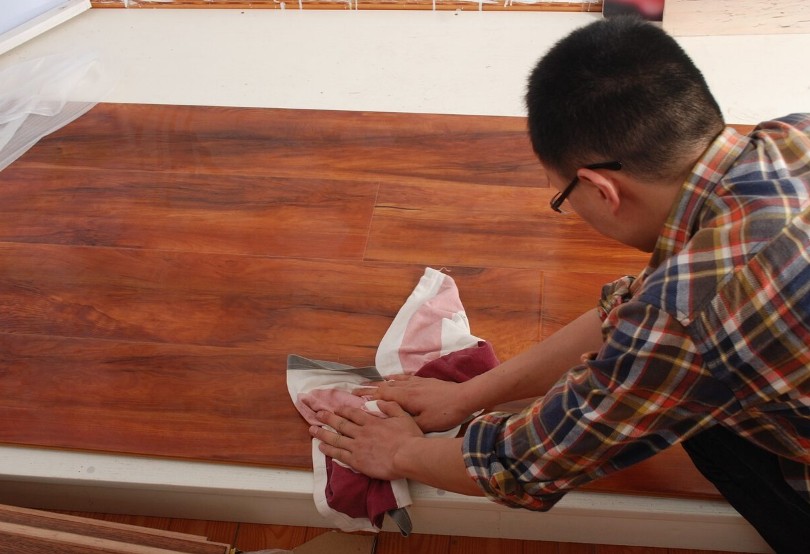Design Guide: Endless Possibilities of Wooden Floor Layout Patterns

Wooden floors bring warmth, personality and style to any interior space, whether old or new. Rustic and elegant, wood also has excellent thermal properties, a pleasant temperature to the touch, and can even improve the acoustics of a space by absorbing sound waves. They are also highly durable and resistant to daily use. It is therefore no surprise that they are one of the favorite and most coveted materials for residential interiors. Wooden flooring is also very visually appealing, with a huge amount of variations possible in its design. Pieces can vary greatly depending on which part of the trunk they come from, even if they are from the same manufacturer and tree species. Colors and designs also vary according to different tree species, from light yellows to dark browns, with infinite possibilities. In addition, it is possible to create various types of patterns when laying the floor, according to the dimensions of the pieces used and the desired effect for the space.

Wood has a long history in interior design. Around the 16th century, some buildings were built with wooden floorboards. But without the modern tools to process wood and properly sand, fixate and glue it in place, its appearance was coarse and unrefined, with rough surfaces and gaps between floorboards. Louis XIV, King of France, ordered in 1684 to replace the marble floors of the Versailles Palace with an intricate modulation of oak wood floors, which created an instant frenzy among the French aristocracy. The palace’s floor pattern remains in use today, and consists of an arrangement of rectangular and square pieces, framed by rectangular tablets. The use of smaller pieces–or parquets– allowed for a plethora of layout patterns, much like a large puzzle, while also avoiding the deformation of the longest parts. There are currently many sizing options available on the market, from small fillets to robust tablets. See below some of the most commonly used wooden floors:

Rectangular pieces

This is the most commonly used pattern for long wooden floor pieces. The boards are arranged parallel to each other, with many professionals recommending that the installation be done perpendicularly to the light entering the space’s doors and windows, so that the joints are not so visible. It is also common to lay the boards in the direction of the room’s smallest dimension, in order to create a widening effect for the space.

Because it is a natural material, wood expands and contracts slightly as temperature and moisture change. The bigger the pieces, the greater the risks, as the aforementioned changes can weaken the flooring. Therefore, it is always important that the junctions between the parts (places with greater fragility) are evenly spaced.

“Zigzag” Pattern


The zigzag or V arrangement is also know as Herringbone or Chevron patterns. In the former, the wood pieces are rectangular and fit together at their ends, forming a 90-degree angle between them. The Herringbone pattern is quite ancient, with traces of its use among the Egyptians and Romans, by the name of Opus Spicatum.

The Chevron pattern is also derived from the zigzag shape, though what makes it unique is how it is cut. The pieces are not fitted, as in the other two examples, but cut in order to meet perfectly along an axis, forming a line. This creates a more rigid and angular look for the floor.
Square shapes


These are sets of pieces that form repetitive square shapes. They can create a wide range of patterns, such as the rather simple checkerboard, or other more complex ones, such as the aforementioned Versailles and others that form segmented shapes throughout the space. Precisely for this reason, its use is recommended for larger areas.


Hexagonal and diamond-shaped pieces


These patterns are the most complex to work with as they lack accurate angles, either 45 or 30 degrees, to obtain the exact arrangement of the pieces. They appear as three-dimensional patterns on the floor, which can be amplified using different shades on each piece.

Although they are extremely durable and reusable, it is important that natural wood floors receive proper treatment in order to remain hydrated and waterproof, such as by using varnishes and oils. In addition, it is important to avoid exposing wooden floors to too much water, as this can damage the pieces.
See all wooden floor product options on Architonic.







